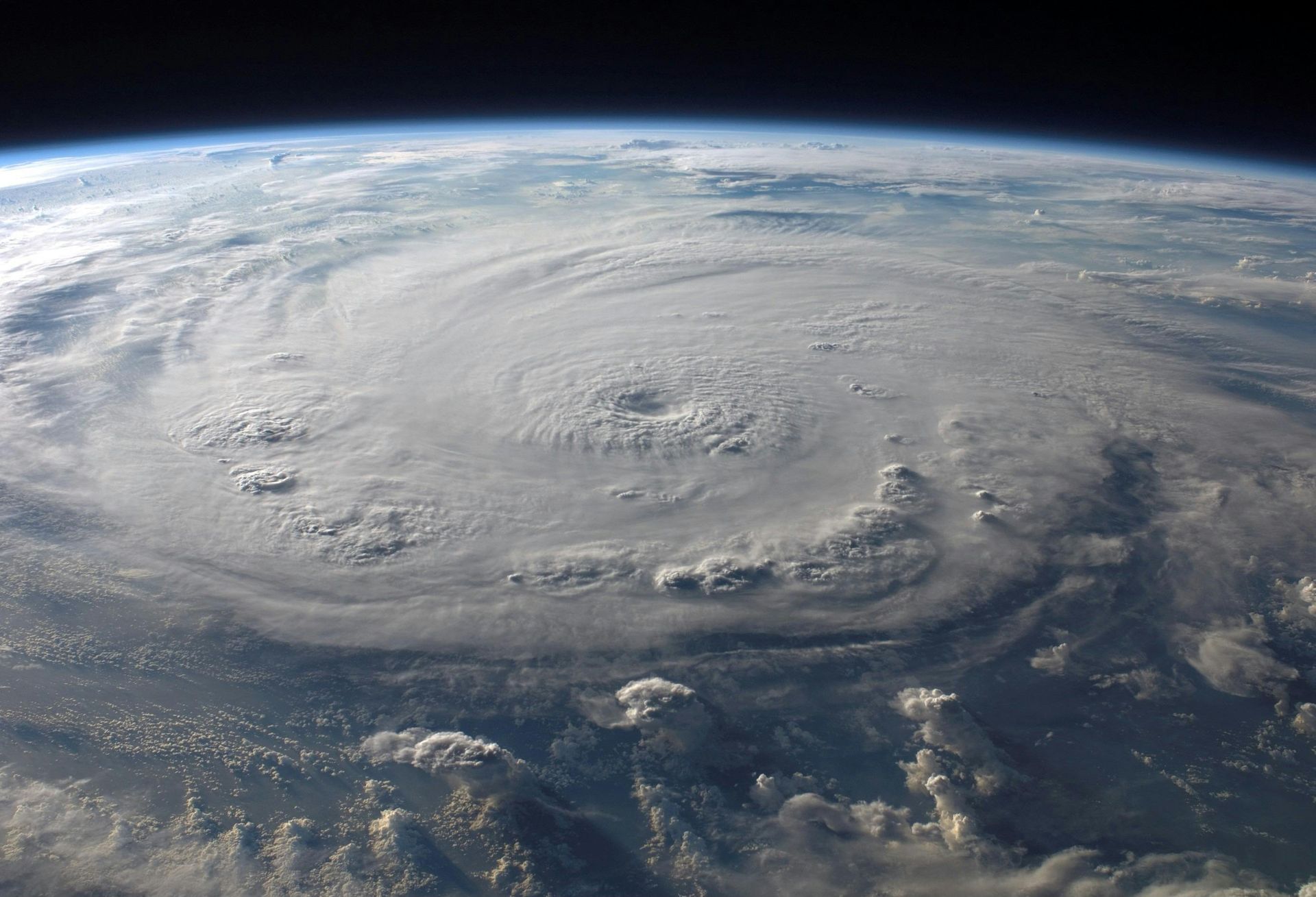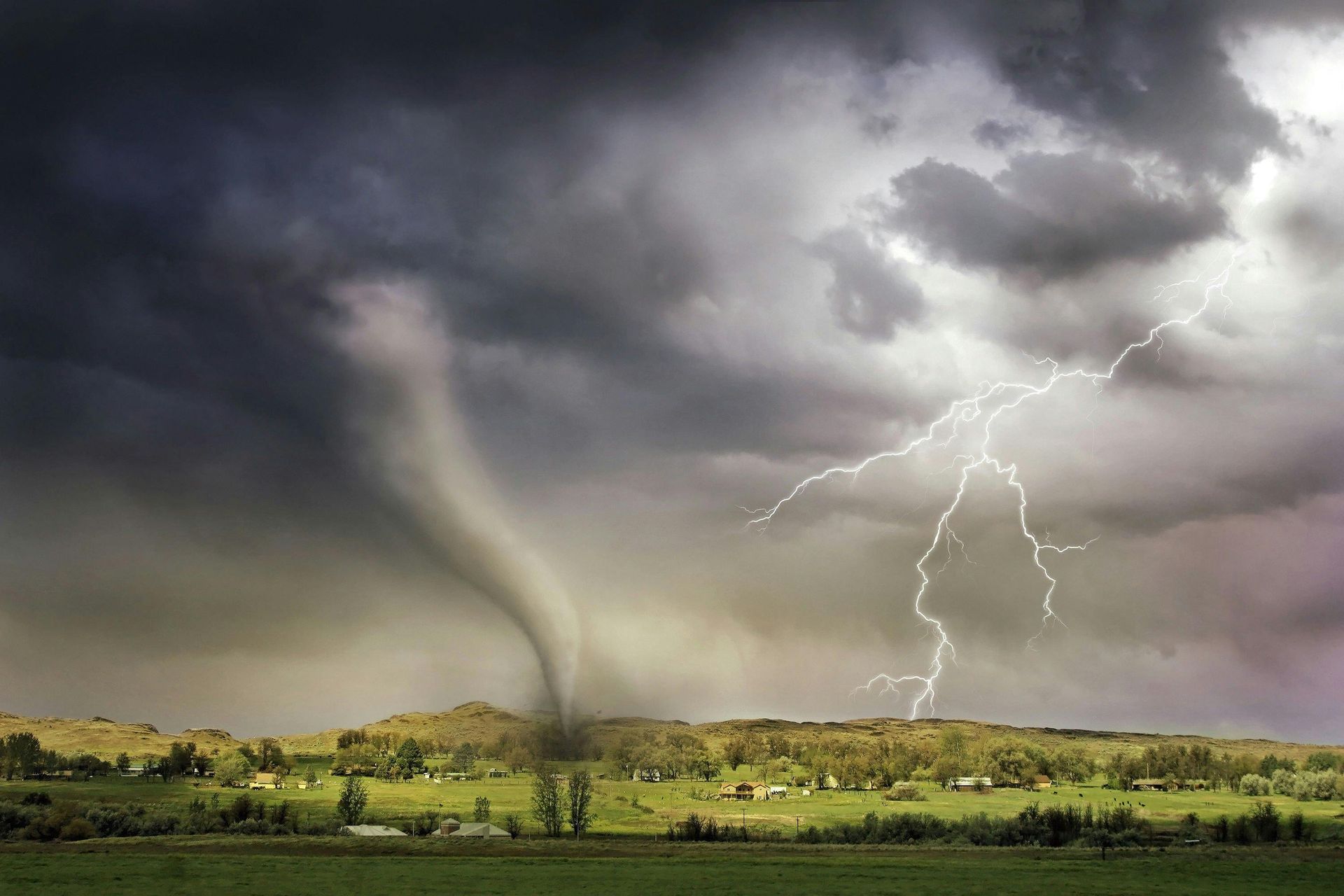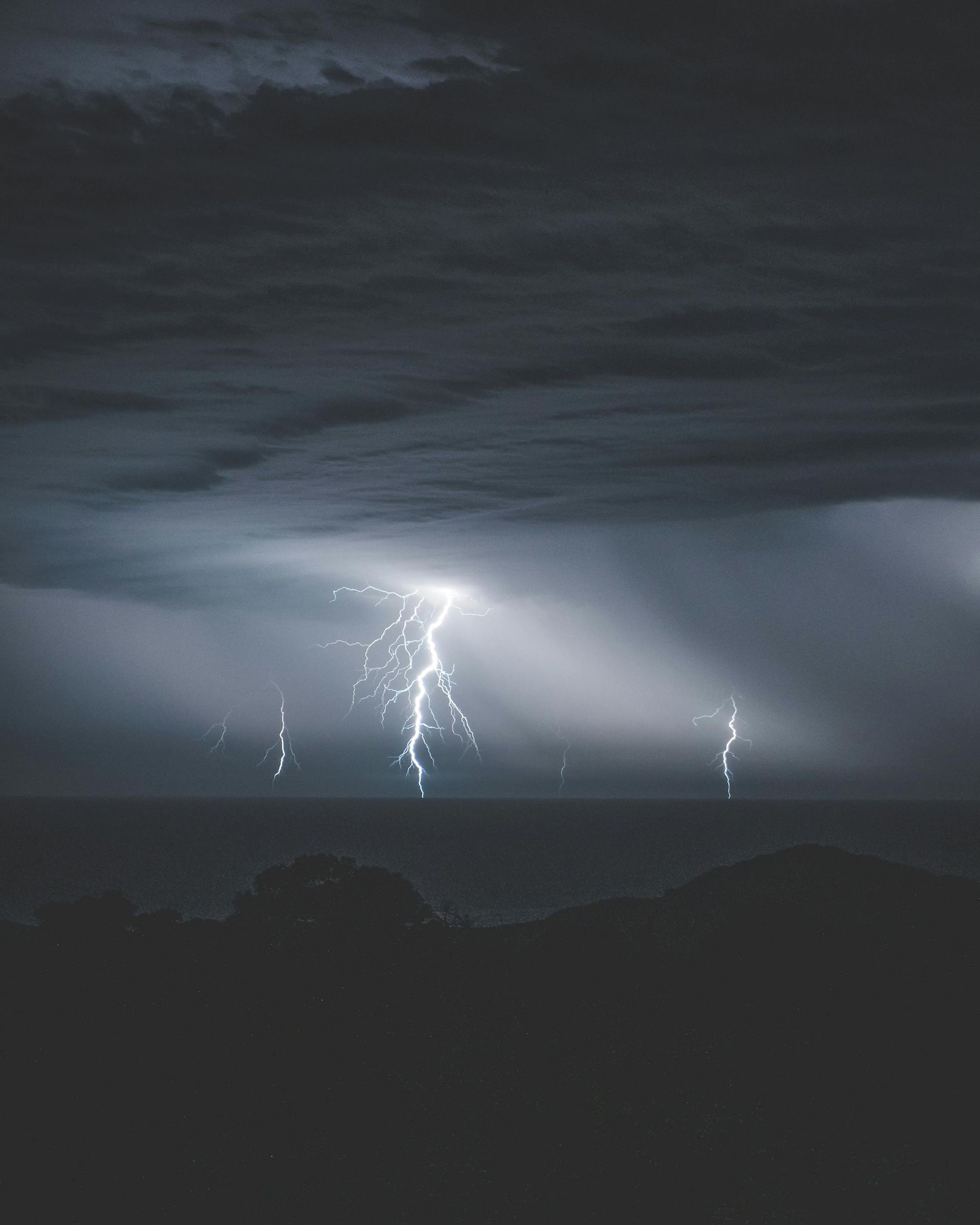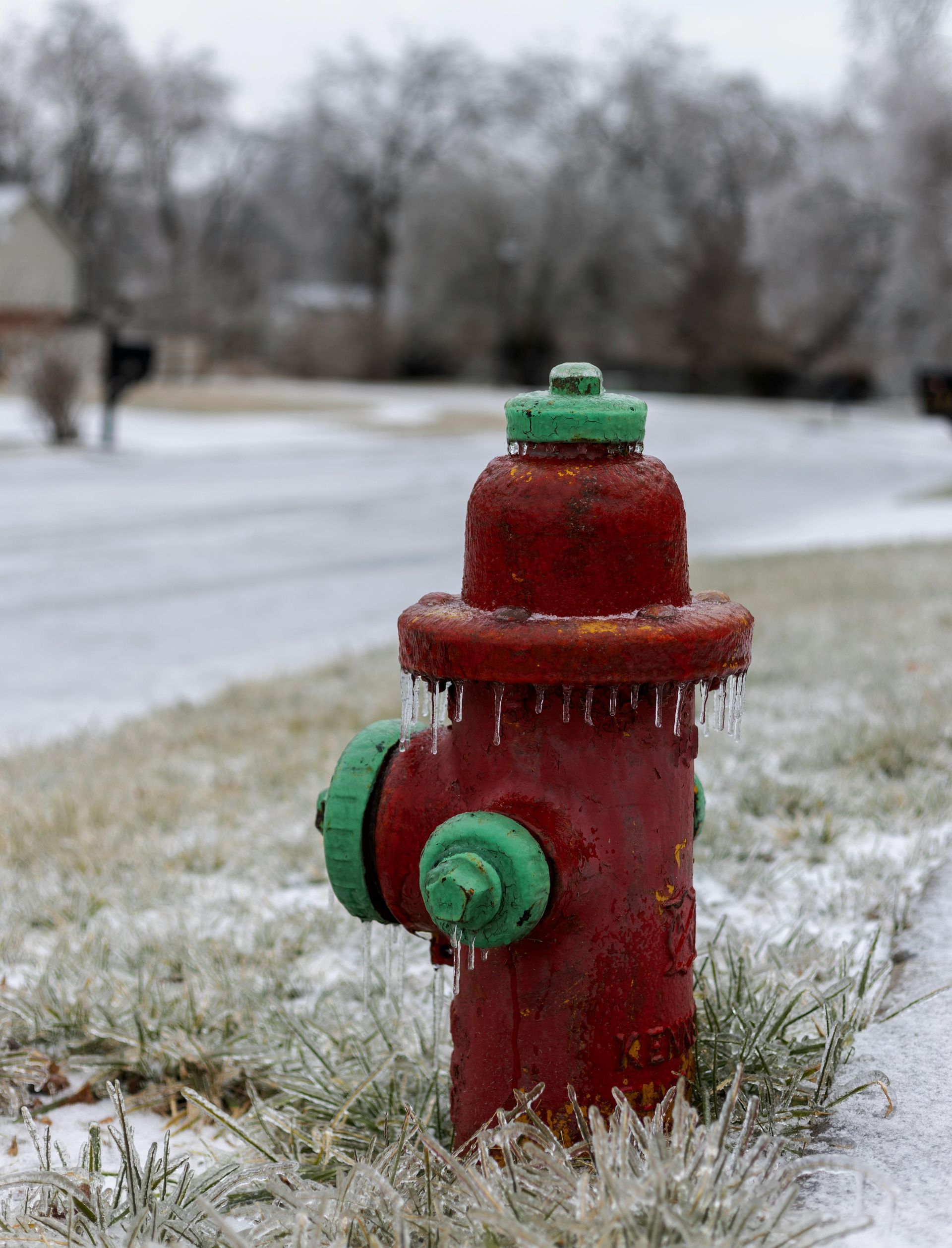How to Prepare Your Home for Power Outages During a Storm
Storms often come with an unwelcome guest: power outages. From spoiled food to communication disruptions, losing electricity can turn a challenging situation into a crisis. Fortunately, preparing your home for power outages doesn’t have to be overwhelming. By following this step-by-step guide, you can safeguard your home and ensure your family stays safe and comfortable, even when the lights go out.
Why Preparing for Power Outages is Crucial
Power outages during storms aren’t just inconvenient—they can pose serious risks. Extended outages may leave you without heating or cooling, disrupt critical medical equipment, and limit your ability to communicate or access emergency updates. Taking proactive measures not only minimizes these risks but also provides peace of mind.
Step 1: Assemble an Emergency Power Outage Kit
Having a dedicated kit for power outages ensures you have essential supplies at your fingertips. Include the following items:
- Flashlights and Batteries: Avoid candles, as they can be a fire hazard.
- Battery-Powered or Hand-Crank Radio: Stay updated on weather conditions and emergency alerts.
- Portable Phone Chargers or Power Banks: Keep devices charged to maintain communication.
- Non-Perishable Food and Water: Plan for at least three days’ supply per person.
- First Aid Kit: Prepare for minor injuries that may occur during the outage.
- Extra Blankets or Sleeping Bags: Ensure warmth if heating systems are down.
Store your kit in an easily accessible location, and check it regularly to replace expired items or drained batteries.
Step 2: Invest in Backup Power Solutions
Backup power options can make outages significantly more manageable:
- Generators: Portable or standby generators can power essential appliances, but they must be used safely. Always place generators outdoors, away from windows, to prevent carbon monoxide poisoning.
- Solar-Powered Chargers: These are a sustainable option for keeping small devices operational.
- Uninterruptible Power Supplies (UPS): Use UPS systems to protect electronics like computers and routers from damage during sudden outages.
Decide which appliances or systems are priorities (e.g., refrigerators, medical devices, or lighting), and choose backup solutions that match your needs.
Step 3: Protect and Maintain Food Supplies
Food spoilage is a common concern during power outages. Here’s how to minimize waste:
- Pre-Chill Refrigerators and Freezers: Before a storm, lower the temperature settings to keep food colder for longer.
- Stock Non-Perishable Items: Canned goods, dried fruits, and nuts are excellent choices for no-cook meals.
- Know the Safe Window: A full freezer can keep food frozen for 48 hours if unopened, while a refrigerator may only keep food safe for about 4 hours.
Use a thermometer to check food temperatures before consuming. Discard anything above 40°F to avoid illness.
Step 4: Prepare Your Home for Comfort and Safety
Power outages can leave your home dark, cold, or stifling. Take steps to maintain comfort and security:
- Light the Way: Place flashlights in accessible locations throughout your home, such as bedrooms, bathrooms, and hallways.
- Maintain Temperature: In cold weather, insulate windows and doors with towels or blankets to retain heat. In warmer climates, close curtains to keep rooms cooler.
- Secure Your Property: Install battery-operated security systems or motion-sensor lights to deter trespassers during outages.
Step 5: Develop a Communication Plan
Staying connected is critical during emergencies:
- Charge Devices: Fully charge all phones, tablets, and laptops before the storm.
- Use Text Over Calls: Texting conserves battery power and is more reliable in overloaded networks.
- Emergency Contacts: Share a list of essential numbers with all household members, including utility providers and emergency services.
Step 6: Prevent Electrical Surges and Damage
Power outages are often accompanied by surges when electricity is restored, which can damage appliances. Protect your devices with these precautions:
- Unplug Appliances: Disconnect sensitive electronics, such as TVs and computers, during the storm.
- Install Surge Protectors: Use surge protectors to shield devices from sudden voltage spikes.
- Avoid Using Power: Once the power returns, wait a few minutes before plugging everything back in to allow the electrical system to stabilize.
Step 7: Stay Informed and Flexible
Reliable information is a lifeline during a power outage. Stay informed by:
- Monitoring Weather Updates: Use your battery-powered radio or mobile device to track storm conditions.
- Listening to Local Authorities: Follow guidance on evacuation orders or utility restoration timelines.
- Adapting Your Plan: Be prepared to adjust if the outage lasts longer than expected or conditions worsen.
Scenario: A Family Prepares for an Outage
Imagine a family of four living in a coastal town where summer storms often cause power outages. In preparation, they assemble an emergency kit with flashlights, water, and non-perishable food. They invest in a portable generator to power their refrigerator and charge devices.
When the forecast warns of an incoming storm, they charge their phones, pre-chill the refrigerator, and secure their home. During the outage, they rely on their kit, radio updates, and generator to stay comfortable and informed. Once power is restored, they use surge protectors to safely reconnect their devices.
This proactive approach ensures the family stays safe and prepared, turning a potentially stressful event into a manageable situation.
The Role of Disaster South in Storm Preparedness
At Disaster South, we understand the challenges power outages bring during storms. That’s why we’re here to help you prepare and recover with expert guidance, trusted resources, and compassionate care. From advising on backup power solutions to restoring properties after a storm, our team is ready to support you every step of the way.
Don’t let power outages catch you off guard. Take the first step toward preparedness by contacting Disaster South today. Whether you need advice, services, or restoration support, we’re here to help. Call us at 877-84-STORM or visit our website for more information.









